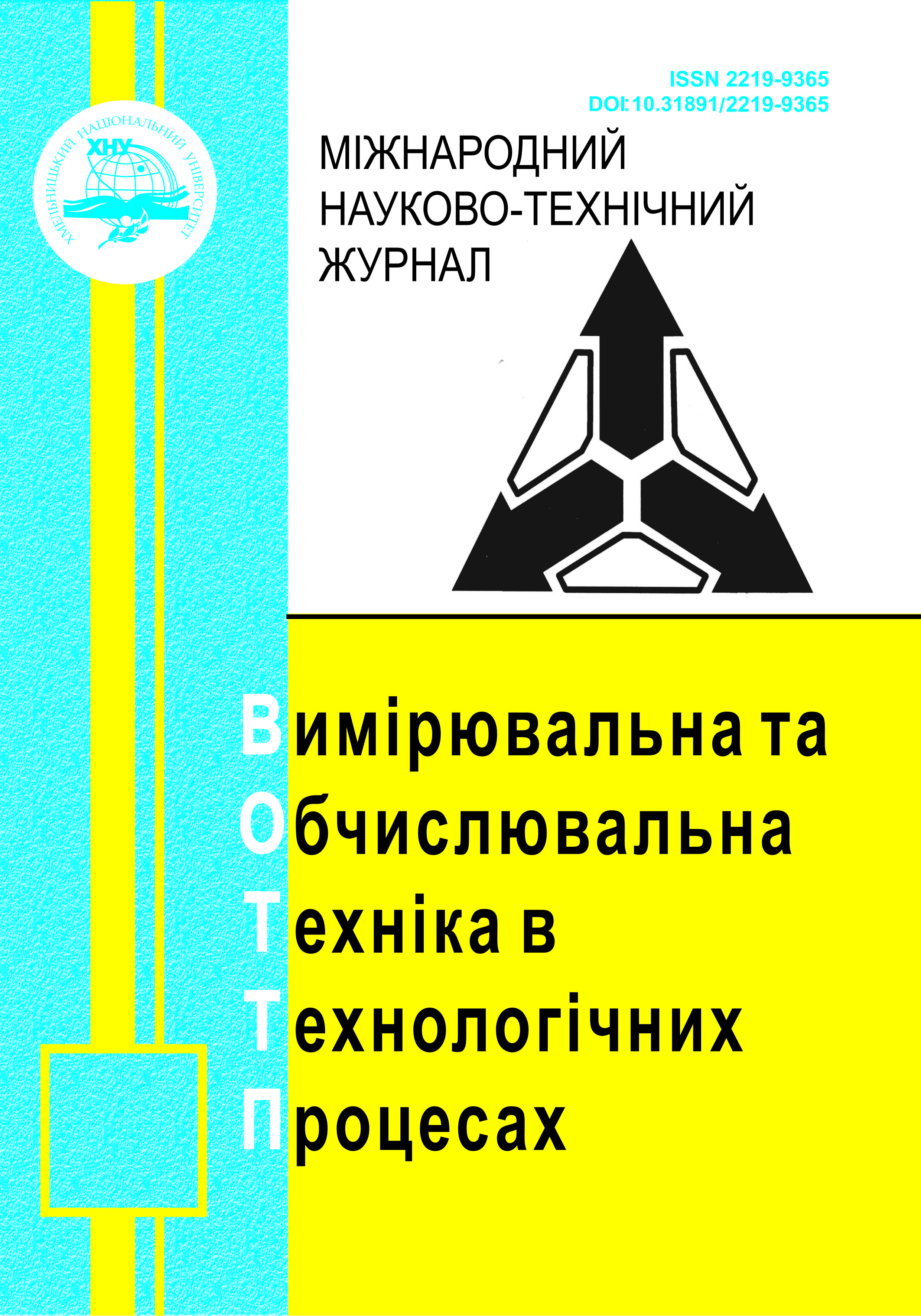ANALYSIS OF REQUIREMENTS FOR THE DEVELOPMENT OF A UNIVERSAL PHYSICS ENGINE WITH PLUG-IN SUPPORT, PIPELINE CONFIGURATION, AND HARDWARE ACCELERATION
DOI:
https://doi.org/10.31891/2219-9365-2024-79-8Keywords:
physical simulation, physical engine, modularity, simulation, CAbstract
The aim of the article is the explanation of the physics engine that allows for extensions through modules (plug-ins), has a pipeline of processing that can be modified, has an editor for defining the shapes of the models, and can use the hardware acceleration for computing. This will allow the researchers to apply it in different contexts like computer graphics, animation, scientific modelling, or engineering. According to the article, the extensibility of a physics engine means that the developers can include one or more new physical states or alter an existing one without altering the engine.
It is proved that the modular approach has several advantages: 1. It is easy to add new physical laws and phenomena to the engine without changing the structure of the engine. Special modules for various research or industrial requirements can be built, thus tailoring the engine to the respective domain. Pre-existing modules can therefore be reused from one project and utilized in other projects thereby enhancing the integration process and shortening the time for development. This improves scalability since the engine can expand by adding or replacing existing modules to accommodate new technologies or new requirements. The authors also explain visualization and interactive editing as factors that are essential in enhancing the effectiveness of physics engines. They also suggest a project structure with a core physics engine, modules, editor, user interface, test system, and compatibility with different physical models. Designing a configurable physics engine that can be effectively used for various games and situations is a task that can only be accomplished by a dedicated programmer with profound knowledge of the physics mechanisms. Including distributed computing features, annotated editing, hardware enhancing features, and utilizing techniques like MPI, OpenGL, Vulkan, SFML to improve this flexibility. Therefore, it is possible to list the following beneficial aspects of a physics engine that must be productive, flexible, unalike, and competitive in different researching and entertaining usages.
As for the further developments of the topic for the research, the improvements towards the integration with other systems, development of the new physical models and the usage of the various resource optimization methods like parallel computations for the better performance of the engine have to be mentioned. This makes new opportunities in the sphere of physical modelling, which is critical for science, education, entertainment, and development.

